Environmentally Safe Furniture Cleaning Routines: Gentle Care, Big Impact
Chosen theme: Environmentally Safe Furniture Cleaning Routines. Welcome to a cleaner, calmer home where every wipe respects your furniture, your air, and our planet. Stay with us, share your wins, and subscribe for fresh, practical green routines.
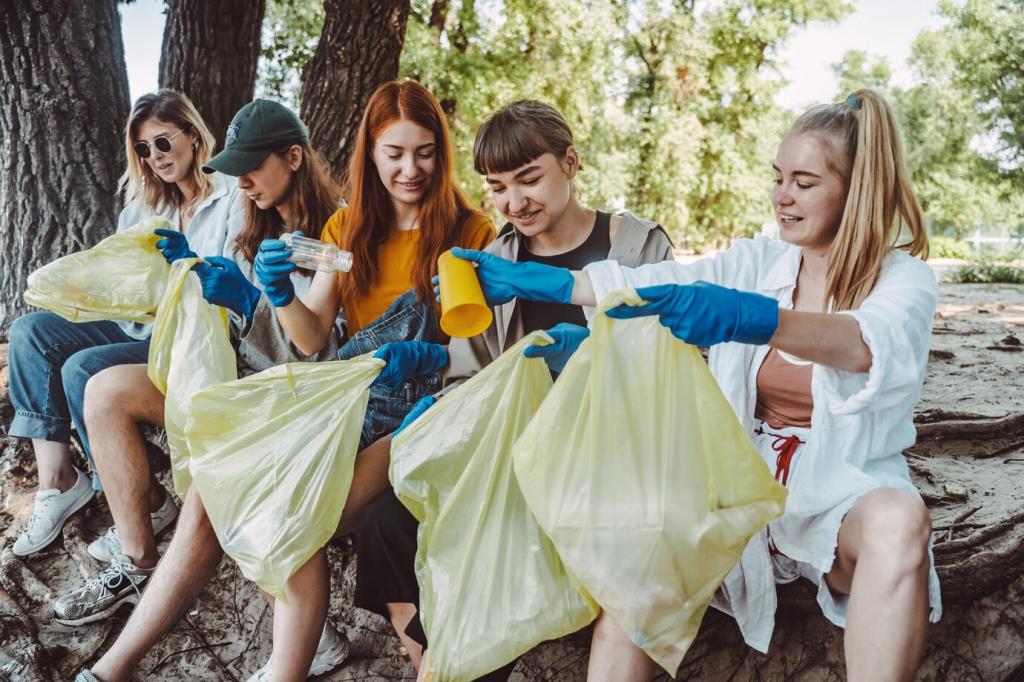
Plant-based surfactants and pH balance
Look for plant-derived surfactants paired with a near-neutral pH to gently lift soil without stripping finishes. A mild castile soap solution often suffices, especially on sealed surfaces. Always dilute, wring out cloths thoroughly, and test inconspicuously before full use.
Ingredients to avoid around finishes and fabrics
Steer clear of bleach, ammonia, and solvent-heavy degreasers that release harsh fumes and can etch coatings. Oversimplified vinegar-on-everything advice is risky for waxed or unfinished wood. Choose targeted, low-toxicity cleaners, and minimize dwell time to protect adhesives and dyes.
Routine Schedules by Material
Dust weekly with a slightly damp, tightly woven cloth to trap particles without scratching. For sealed wood, a tiny drop of diluted castile soap lifts fingerprints. Avoid vinegar on waxed or unfinished pieces. Monthly, buff with a thin, natural wax to protect glow.
Routine Schedules by Material
Vacuum fabric weekly using an upholstery tool, focusing on seams where dust and allergens gather. Spot clean with a mild, plant-based solution after colorfast testing. Keep water minimal and blot patiently. Rotate cushions to distribute wear and preserve loft, comfort, and breathability.
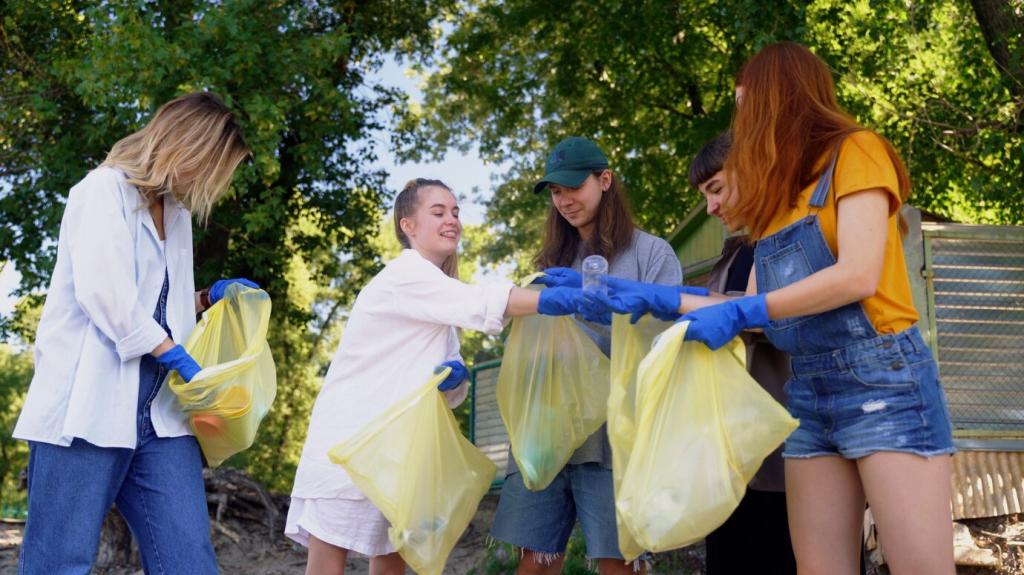

DIY Eco-Friendly Cleaning Recipes
Combine 2 cups distilled water with 1 teaspoon liquid castile soap and 10 drops of food-grade citrus hydrosol if fragrance is tolerated. Shake gently. Mist a cloth, not the furniture, wipe, then buff dry. Avoid unsealed wood and always perform a discreet spot test.
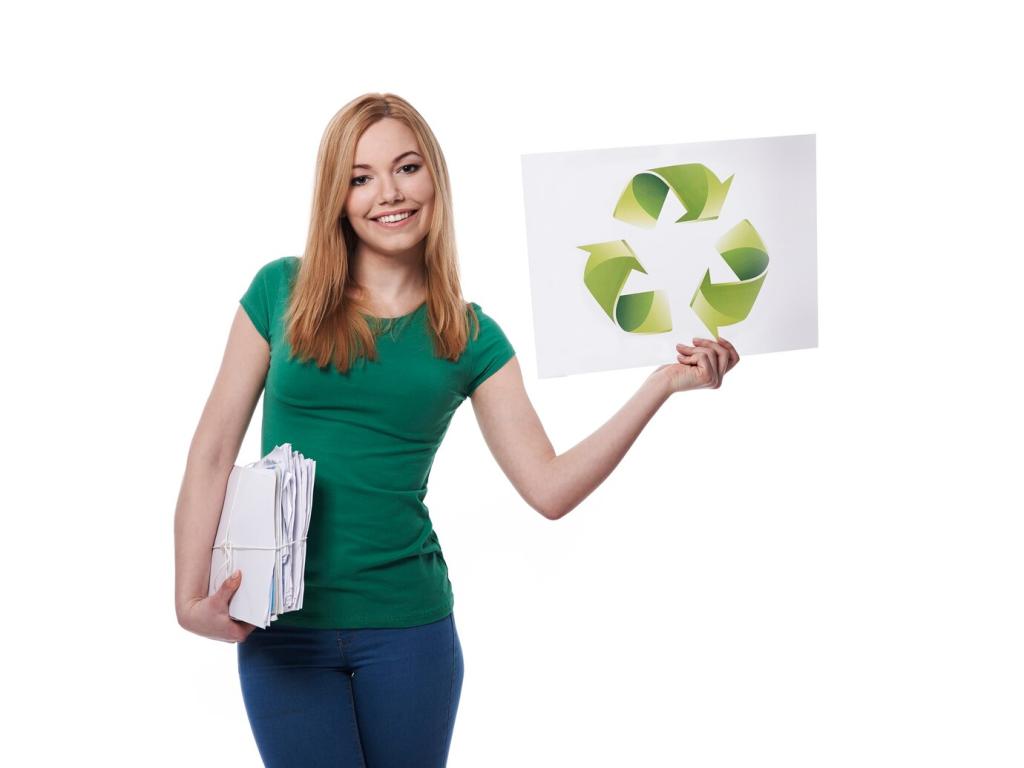
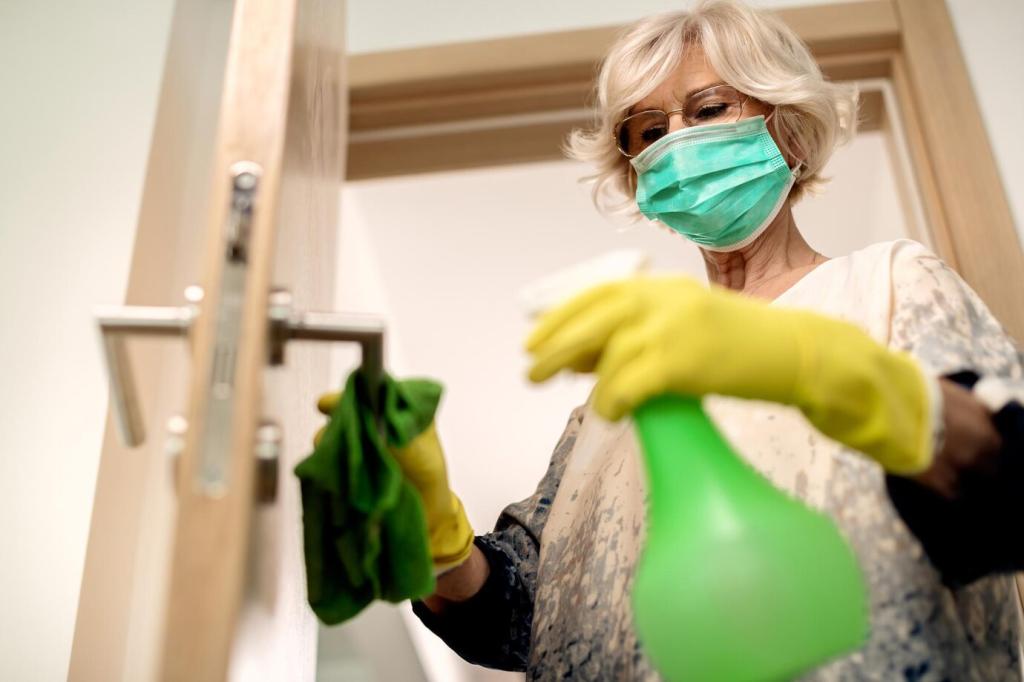
DIY Eco-Friendly Cleaning Recipes
Sprinkle a light, even layer of baking soda over dry fabric and let it rest for thirty minutes to absorb odors. Vacuum thoroughly with a clean brush attachment. For sensitivities, skip fragrance entirely. Repeat monthly to maintain freshness without synthetic perfumes or heavy residues.
Tools and Techniques That Protect the Planet
Choose durable, tightly woven cotton or high-quality microfiber designed to release fewer fibers. Launder in a Guppyfriend bag or with a fiber-catching ball to reduce microplastic shedding. Wash cool, line-dry, and retire worn cloths to shop rags to extend useful life responsibly.
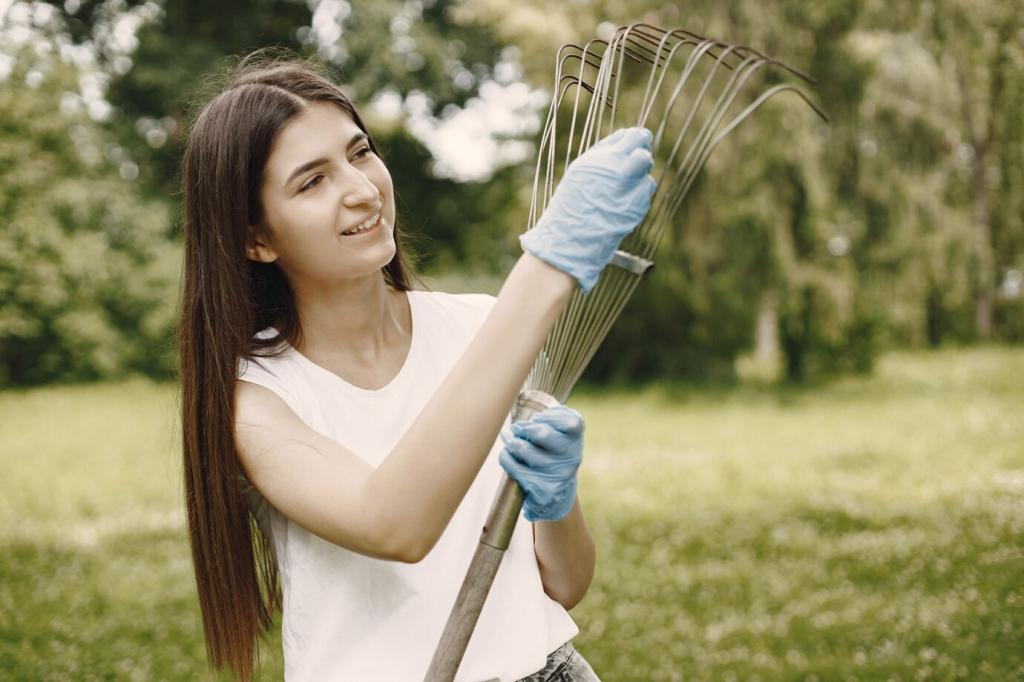
Choosing low-VOC products reduces headaches and irritation while protecting finishes. Skip aerosolized sprays that linger. Ventilate with open windows, and use fans during cleaning. The gentle pace of environmentally safe furniture cleaning routines also lowers noise and stress in shared spaces.
Health and Indoor Air Quality Wins
Consistent vacuuming and gentle laundering of removable covers help manage mites and pollen. Favor breathable natural fibers for throws and cushion protectors. Keep relative humidity around forty to fifty percent to discourage mold. Small, steady habits outperform heroic deep cleans every few months.
Health and Indoor Air Quality Wins

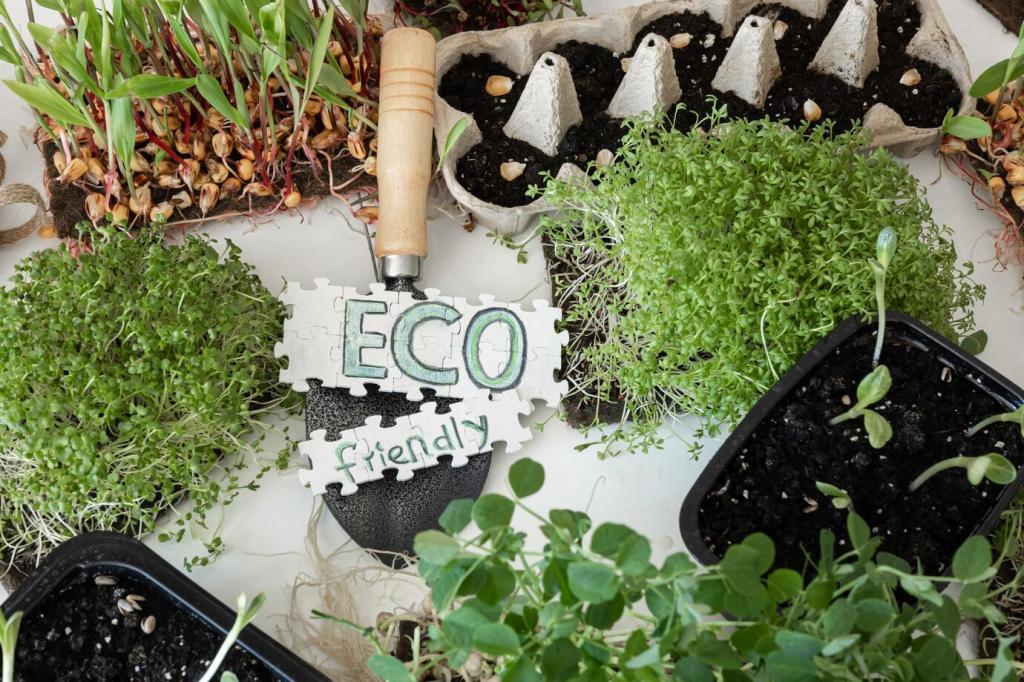
Stain Emergencies, Solved the Eco Way
Blot, never rub, using a clean, absorbent cloth. Apply cool water, then a dab of diluted castile soap. For light, colorfast fabrics, hydrogen peroxide can help, but test first. Rinse by blotting with plain water and dry with circulating air to prevent rings.
Stain Emergencies, Solved the Eco Way
Lift solids gently, then dust cornstarch to draw out oils before wiping. Clean with a barely damp cloth and a drop of mild soap, following the grain. Dry immediately. Rebuff with a natural wax if needed to restore sheen and discreetly blend remaining marks.
Sustainable Habits That Stick
Choose brands offering concentrates and bulk refills to shrink packaging. Reuse sturdy spray bottles. Track what you truly need and skip novelty products. A pared-down kit reduces clutter and decision fatigue, making it easier to clean regularly and keep your footprint pleasantly light.
Wash cloths in cool water with a biodegradable detergent, and skip fabric softeners that reduce absorbency. Air-drying saves energy and prolongs fabric life. Separate heavily soiled cloths, and refresh with an occasional oxygen-based soak to maintain cleanliness without fragrances or persistent synthetic residues.
Trade tips, swap unused bottles, and borrow specialty tools from neighbors rather than buying new. Join our newsletter for monthly challenges and progress trackers. Your questions shape our next guides, keeping the focus on practical, inclusive, environmentally safe furniture cleaning routines everyone can sustain.
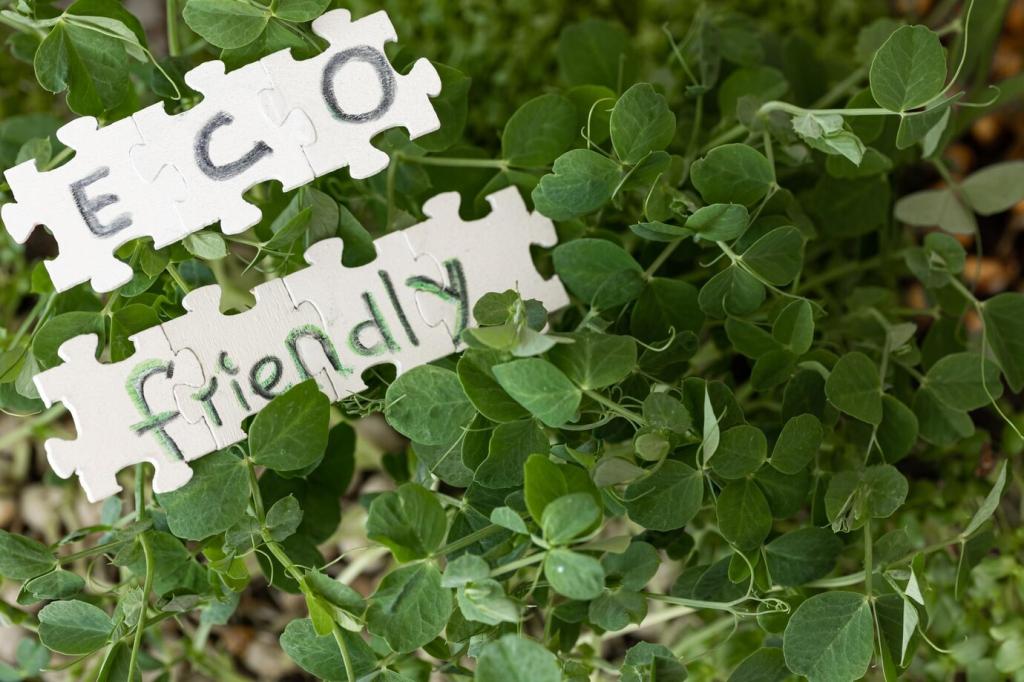
Stories From Our Readers
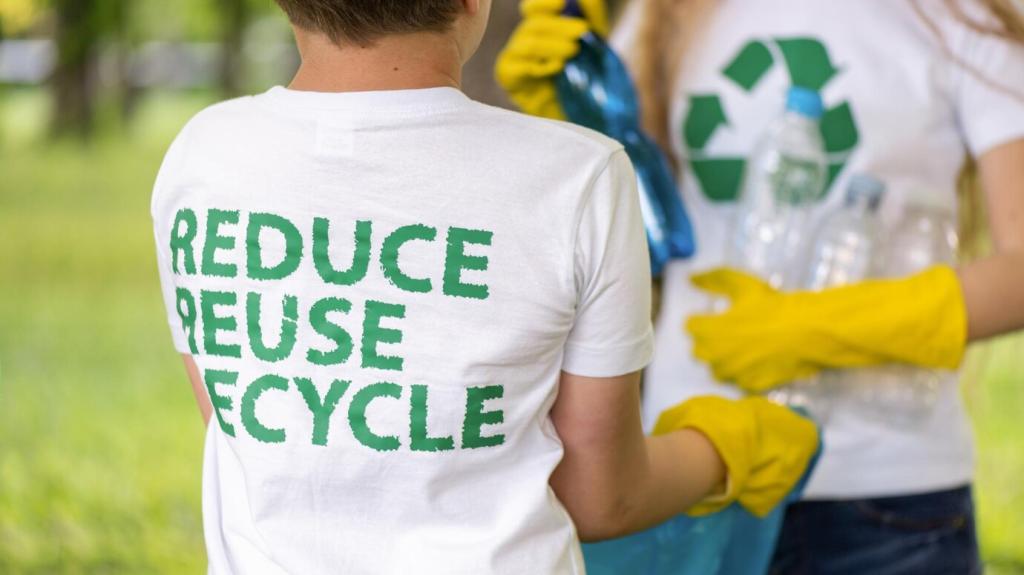
After a candle wax spill, a reader lifted wax with a credit card, then used a warm cloth and natural polish to restore luster. No harsh solvents, no panic. The table now hosts Sunday dinners without a trace of the mishap or lingering fumes.
